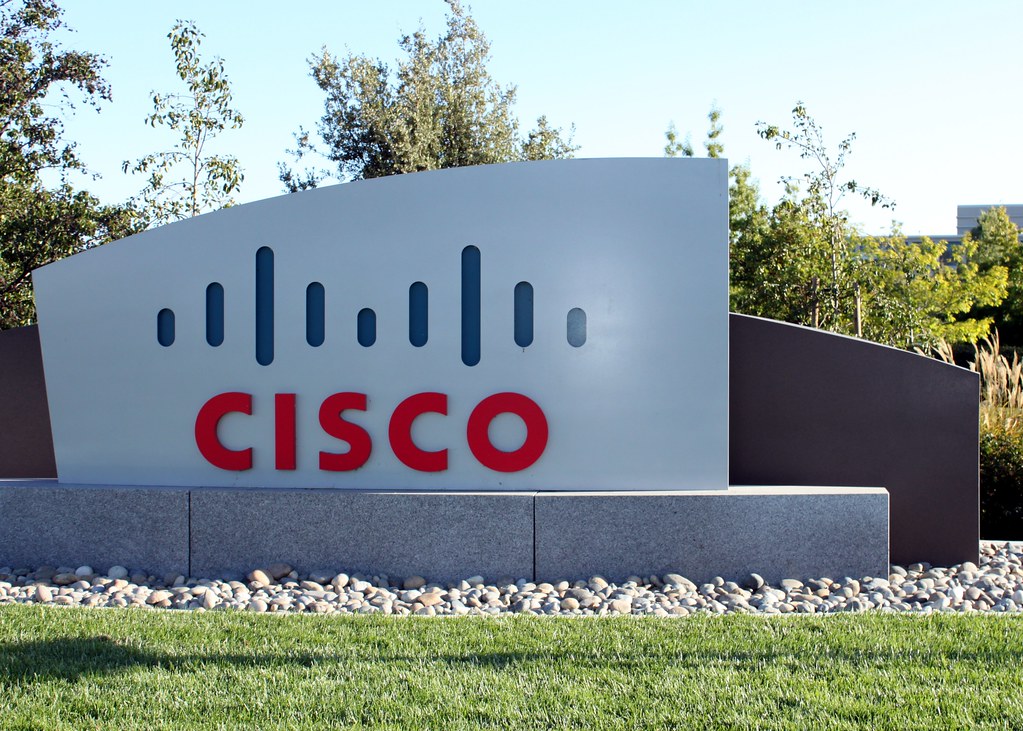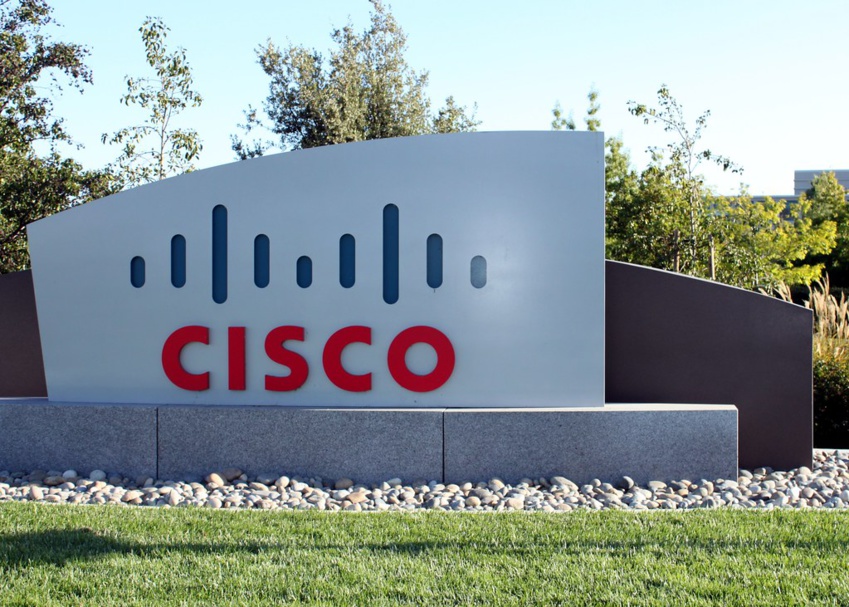In today’s world, plastic packaging is ubiquitous. When purchasing a product, it is often difficult to determine the type of plastic used in its packaging. There are two main types of plastic: recycled and virgin. Recycled plastic is made from reprocessed plastic waste, while virgin plastic is made from new materials, such as petrochemicals or biomass feedstock. Virgin plastics can have a more significant impact on the environment because they are made from previously unused materials.
Since the 1950s, the packaging industry has been dominated by plastic due to its low cost and light weight. Plastic packaging is available in various forms, including foams, bags, and clamshell trays. However, improper disposal of these materials has led to a global build-up of plastic pollution. In the United States alone, over 14.5 million tons of plastic waste were generated in the containers and packaging category in 2018..
This is equivalent to the weight of more than 300,000 gray whales. The enormous amount of waste has raised awareness about the environmental impact of packaging and increased demand for sustainable alternatives.
Cisco’s Packaging Engineering division is committed to designing sustainable packaging. They are exploring alternative materials to plastic and working to eliminate plastic bags from their packaging wherever possible. For example, they have removed plastic packaging from their power cords, reducing their use of plastic bags by over 10 million annually. Efforts are underway to expand this initiative to other product categories.
In cases where plastic packaging cannot be entirely eliminated, Cisco opts for recyclable materials with a smaller environmental footprint. These materials can be easily separated and recycled through curbside recycling programs. Once recovered, they can be reprocessed into new packaging materials.
For instance, the plastic thermoform cushions used in our packaging are made of high-density polyethylene (HDPE), the same material used in milk jugs. This type of plastic is widely accepted in curbside recycling programs and is one of the most frequently recycled plastics in the United States, according to the U.S. Environmental Protection Agency (EPA).
In an effort to reduce our use of plastic bags in accessory kits, we are exploring the use of fiber-based paper envelopes and corrugated sleeves that can be easily recycled. Paper is currently the best alternative to plastic because it is the most widely recycled material in the United States.
Incorporating more recycled materials into our packaging helps us conserve resources and reduce greenhouse gas emissions compared to using virgin materials. Choosing recycled materials also supports recycling by increasing demand for these materials.
We are focusing on using recyclable and recycled plastics because biodegradable and compostable plastics are not well-suited for use in the electronics industry. Biodegradable and bio-based plastics are made from plant sources, but there are concerns about how long it takes for these materials to break down and whether they can release toxins into the soil.
Compostable packaging must meet strict standards set by the U.S. Federal Trade Commission (FTC) Green Guides. It must be certified as being able to break down safely into usable compost within a reasonable time frame (FTC source #4). While this type of packaging is suitable for organic waste such as food scraps and yard waste, its shorter shelf life makes it less suitable for use in the electronics industry.
We are transitioning to a more sustainable model that minimizes resource consumption and waste generation. Our approach prioritizes the use of recycled materials, efficient product design, and the facilitation of repair, remanufacturing, and recycling to extend product life. Our goal is for all new Cisco products and packaging to incorporate Circular Design Principles by fiscal year 2025. Using recycled materials is one example of how we are implementing these principles.
By incorporating Circular Design Principles into our packaging, we can reduce our use of virgin materials and overall material consumption. This will help us reduce our carbon footprint and make progress towards Cisco’s packaging goals..
As we work to integrate Circular Design Principles into our packaging portfolio, it is important to remember that there are trade-offs with every decision. Achieving circularity is an ongoing process, and what works today may not be the best solution tomorrow. However, by remaining flexible and striving for success, we can continue to move towards a more sustainable future.
Join us on our journey as our Packaging Engineering team continues to develop our circular packaging portfolio.
Since the 1950s, the packaging industry has been dominated by plastic due to its low cost and light weight. Plastic packaging is available in various forms, including foams, bags, and clamshell trays. However, improper disposal of these materials has led to a global build-up of plastic pollution. In the United States alone, over 14.5 million tons of plastic waste were generated in the containers and packaging category in 2018..
This is equivalent to the weight of more than 300,000 gray whales. The enormous amount of waste has raised awareness about the environmental impact of packaging and increased demand for sustainable alternatives.
Cisco’s Packaging Engineering division is committed to designing sustainable packaging. They are exploring alternative materials to plastic and working to eliminate plastic bags from their packaging wherever possible. For example, they have removed plastic packaging from their power cords, reducing their use of plastic bags by over 10 million annually. Efforts are underway to expand this initiative to other product categories.
In cases where plastic packaging cannot be entirely eliminated, Cisco opts for recyclable materials with a smaller environmental footprint. These materials can be easily separated and recycled through curbside recycling programs. Once recovered, they can be reprocessed into new packaging materials.
For instance, the plastic thermoform cushions used in our packaging are made of high-density polyethylene (HDPE), the same material used in milk jugs. This type of plastic is widely accepted in curbside recycling programs and is one of the most frequently recycled plastics in the United States, according to the U.S. Environmental Protection Agency (EPA).
In an effort to reduce our use of plastic bags in accessory kits, we are exploring the use of fiber-based paper envelopes and corrugated sleeves that can be easily recycled. Paper is currently the best alternative to plastic because it is the most widely recycled material in the United States.
Incorporating more recycled materials into our packaging helps us conserve resources and reduce greenhouse gas emissions compared to using virgin materials. Choosing recycled materials also supports recycling by increasing demand for these materials.
We are focusing on using recyclable and recycled plastics because biodegradable and compostable plastics are not well-suited for use in the electronics industry. Biodegradable and bio-based plastics are made from plant sources, but there are concerns about how long it takes for these materials to break down and whether they can release toxins into the soil.
Compostable packaging must meet strict standards set by the U.S. Federal Trade Commission (FTC) Green Guides. It must be certified as being able to break down safely into usable compost within a reasonable time frame (FTC source #4). While this type of packaging is suitable for organic waste such as food scraps and yard waste, its shorter shelf life makes it less suitable for use in the electronics industry.
We are transitioning to a more sustainable model that minimizes resource consumption and waste generation. Our approach prioritizes the use of recycled materials, efficient product design, and the facilitation of repair, remanufacturing, and recycling to extend product life. Our goal is for all new Cisco products and packaging to incorporate Circular Design Principles by fiscal year 2025. Using recycled materials is one example of how we are implementing these principles.
By incorporating Circular Design Principles into our packaging, we can reduce our use of virgin materials and overall material consumption. This will help us reduce our carbon footprint and make progress towards Cisco’s packaging goals..
As we work to integrate Circular Design Principles into our packaging portfolio, it is important to remember that there are trade-offs with every decision. Achieving circularity is an ongoing process, and what works today may not be the best solution tomorrow. However, by remaining flexible and striving for success, we can continue to move towards a more sustainable future.
Join us on our journey as our Packaging Engineering team continues to develop our circular packaging portfolio.


 Cisco’s Circular Packaging Strategy: Sustainable Design and Materials
Cisco’s Circular Packaging Strategy: Sustainable Design and Materials





 Companies
Companies